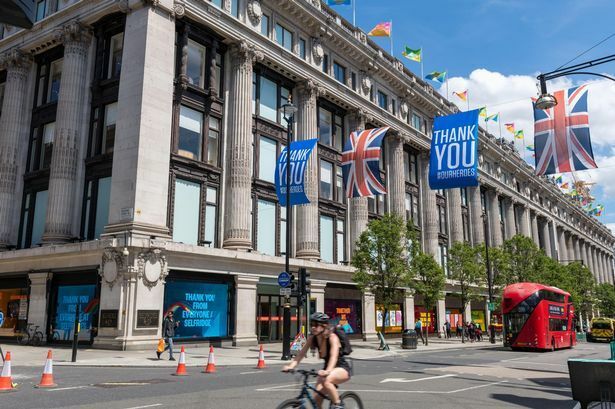Selfridges’ Thai owners take on 70 billion baht debt


Selfridges said the loan would “release capital” for the acquisition, but that this did not amount to the payment of a dividend to its new owners. Another mammoth loan, the size of which has been redacted in corporate filings, has been provided by Swiss lender EFG and secured against Selfridges’ Exchange Square location in Manchester.
Selfridges comprises 18 stores under four names – Selfridges (England), Brown Thomas, Arnotts (Ireland) and De Bijenkorf (the Netherlands). Last year the Selfridges group was integrated with Central and Signa’s combined portfolio of 22 department stores.
Last September the group announced a two-part strategy including the development and expansion of well-known stores in tourist cities in partnership with luxury brands. Central Group unveiled its luxury strategy as an international luxury department store.
Selfridges’ Thai owners to redevelop Oxford Street store

At Selfridges Oxford Street, a redevelopment of the under-used hotel, car park and mews is under consideration. Another area of the group’s luxury strategy is to become an e-commerce platform and partner of choice for luxury brands with global reach.
In the 1940s Selfridges became part of the John Lewis Partnership, and in 1951, the Oxford Street store was acquired. Lewis’s and Selfridges were taken over in 1965 by the Sears Group and expanded to include branches in Manchester and Birmingham. The chain was acquired in 2003 by Canada’s Galen Weston for £598 million. Reports suggest that the Westons placed a £4 billion (US$4.8 billion, 170 billion baht) price tag on the group when it was put up for sale and divided Selfridges into separate trading and property companies.
Selfridges’ Thai owners take on significantly more debt

Debt is reportedly significantly higher than the £550m loan previously provided by HSBC to the Westons, which was also secured against the Oxford Street premises. The increasing debt burden often results in high rent being charged, with the business now potentially facing higher costs and squeezed profit margins.
Injecting more debt into a business also reduces the equity contributed by the owners. As a result, the returns of the owners can be significantly more if the overall value increases.
Latest Thailand News
Follow The Thaiger on Google News:


























